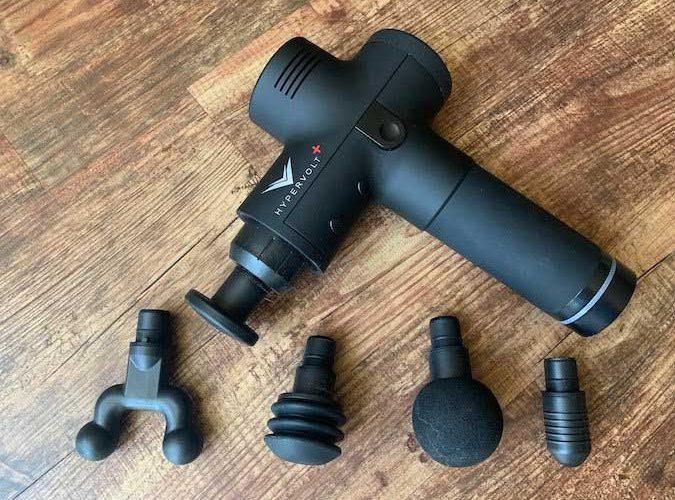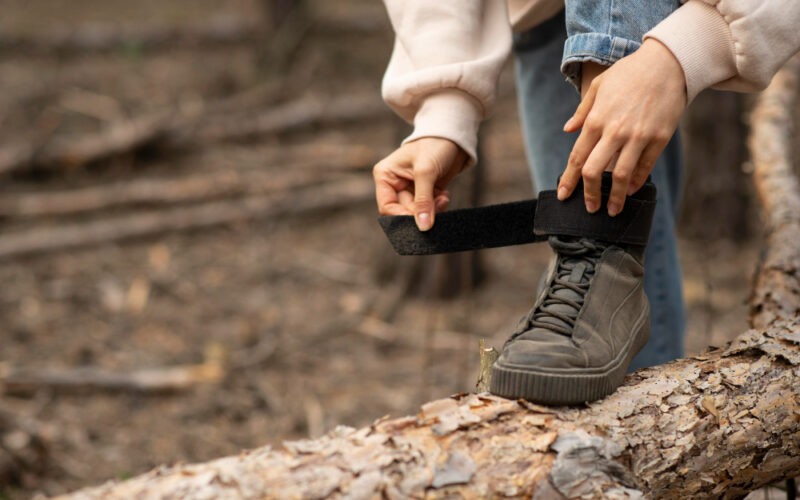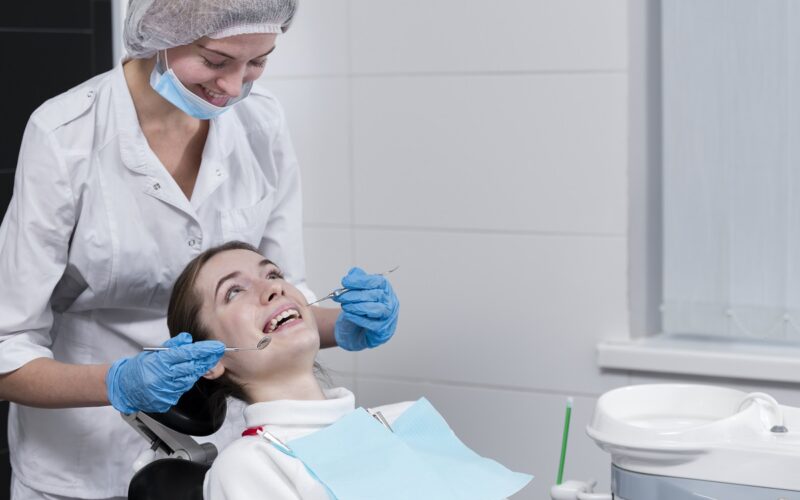
Massage guns are relatively new tools in the arsenal of sports injury and recovery. They are hand-held devices that look like a hand drill with a soft rubber ball mounted onto the drill bit. This is because they were created from ‘repurposed jigsaws’ according to Tom Pepe, who is an expert in the field (CEO of TimTam). A massage gun is a rechargeable handheld device that can thump up to 2500 times a minute. They help promote blood flow to specific areas of the body, that result in reduced inflammation and muscle tension. In other words, they are designed to loosen tight muscles. Let us look at five facts about these devices.
1. Percussion not Vibration
Unlike traditional muscle massagers, these devices use percussion rather than vibration to work their magic. That means instead of shaking many times per minute, they pound into your muscles, sometimes as much as an inch or so at a time. While this sounds painful, it doesn’t have to be! They are designed to be used on tight knotted muscles, and they work something like a kitchen tenderiser, softening the muscle fibres. This allows any fluid build-up to flow away rather than being trapped, becoming a painful swelling. Waiting for the swelling to go down just adds to your recovery time.
If you have ever had a professional massage, you will recall those exquisitely painful moments when they pummel your sore tight muscles. The massage gun works in much the same way. It seems counterintuitive to add one kind of pain to another kind of a pain to end up with much less pain, but the human body is a marvellous thing!
2. No Pain, No Gain is Not Always the Case
When you are using a massage gun – or any of the fitness and recovery tools available – do be careful not to overdo it. While targeting sore and painful muscles can be a good thing, targeting any aching area is not: you could be aggressively pounding on a bony prominence; targeting a nerve bundle; or working on – and worsening – an actual injury.
Bony prominences are places where your bones lie just under the skin and pounding on these with a vigorous massage gun can result in bruises and perhaps even stress fractures.
Nerve bundles are usually found deep within the body, but there are areas where they are close to the skin. The groin and shoulders have a lot of nerve bundles, and these can be close to the surface. Nerve bundles are quite sensitive and can be painful after exercise but targeting them with a massage gun can be harmful. Excessive stimulation of nerve bundles can result in numbness, loss of sensation and nerve damage.
Using a vigorous percussive device on an existing injury will only make it worse, deepening bruising, widening hairline cracks and perhaps even causing long-term damage.
Learning the difference between ‘good pain’ which aids in recovery and ‘bad pain’ which is your body’s signal that there is something wrong is vital.
3. Keep High Settings for Really Big Muscles
Massage guns are tremendously powerful devices, and while it can be tempting to crank up the power to the max, resist the urge! The highest settings are intended to work on very dense high-quality muscles that have been built up through years of hard work: body-builders, extreme sportsmen, line-backers and so on. When you are first using a massage gun, think less is more and start at the lowest setting, gradually increasing the power if it becomes necessary.
Massage guns are ‘jackhammers for your muscles’ meaning the use of a high setting can be harmful. Using too high a setting for too long can bruise and damage your body, setting your progress back weeks, if not months.
4. You Can Have Too Much of a Good Thing
Given the above description of the power of a massage gun, it is understandable that there are time limits on using your massage gun.
While massage guns are deeply effective (pun intended!) they can be too much if used to excess. Intersperse their use with days of using the softer foam rolls and going for baths to ensure that you do not damage your nerves or muscles.
Excessive vibration can cause something called Hand-Arm Vibration syndrome which can result in loss of sensation and numbness in the affected hands, tingling that can disrupt sleep and eventual weakness in the affected limbs. Overusing your massage gun can be similar, resulting in pain, bruising and long-term injury.
How can you tell if you are using your massage gun correctly? If it hurts. Now, you might be in the ‘no pain no gain’ mindset and think that if a treatment is going to be effective it has to hurt. So how will you tell if you are doing good things to your muscles or just re-injuring yourself? With difficulty is the answer, sadly. There is no easy way to tell between the ‘doing good’ stretching and easing pain, and the ‘possibly harmful pain’ unless you know your body well.
All of which brings us back to the less is more policy that is recommended for massage guns: keep the setting as low as possible, only use it two or so days a week, and only use it for a minute or two at a time. That might not sound like a lot, but it is all you need for effective muscle recovery.
5. They Work
Some of the above might read like a scary story, putting you off wanting to try a massage gun, but if you are serious about your workouts you can safely include a massage gun into your regimen. First, read the instruction manual especially about the power settings and length of use.
Learn where your muscles are so you can properly target them. And learn where your nerve endings and bony prominences are so you can avoid them!
Use the massage gun before a strenuous workout as well as after. Using it before the workout stimulates your blood flow, improving circulation which ensures a good supply of oxygen to the muscles so they can work easily for longer. Using the massage gun after your workout chases away any fluid build-up that might cause swelling and pain, allowing your improved circulation to aid rapid muscle recovery.
As with any took, a massage gun can harm. But used appropriately and carefully, they can offer you many benefits, helping you get and stay fit and keeping your muscles working smoothly and well.
Author Bio:
Peter Keane is the owner of PHYSIOMOTION3D and a lead physio in Waterford. Peter has over 25 years of clinical experience and helps many athletes with their recovery with the help of massage guns.





